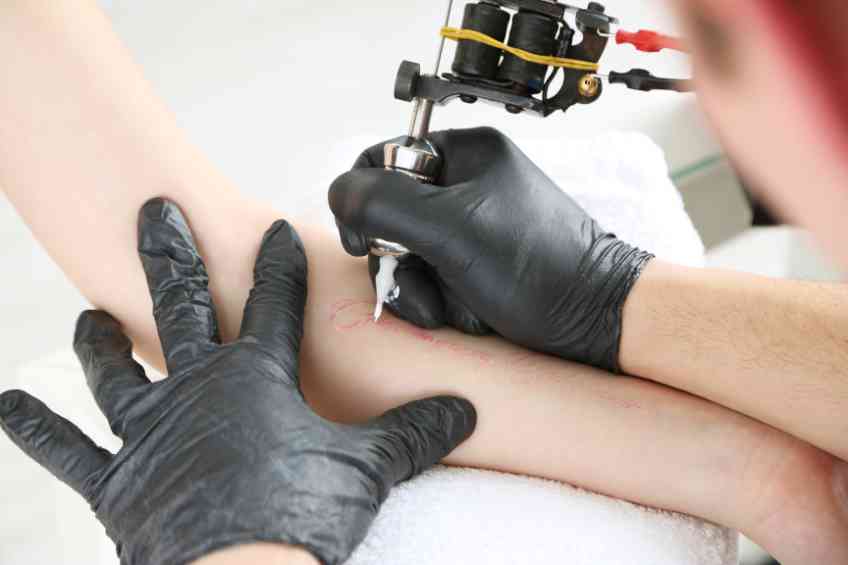By John Hand –
Tattoos are nothing new. They’ve been around since ancient Egyptians and others who walked the Earth thousands of years ago. This type of inking, of course, seems more popular than ever. The industry reported $1.6 billion in revenue in 2020 and will grow eight percent annually through the end of the decade.
None of this should be surprising when more than a third of U.S. citizens aged 18-29 have tattoos. Body art has become so accepted that 15 percent of all men and 13 percent of women now boast a bit of ink. All of which has led to an explosion of tattoo parlors and services appearing everywhere. Yet despite its growing popularity, getting inked can have risks.
The dangers can range from allergic reactions to skin infections, inflammations and bloodborne diseases, The Mayo Clinic reported. A study by NYU Langone Medical Center underscored the warnings when it found that approximately 10 percent of people who received tattoos in New York reported itching and infections. There are even concerns that, in rare cases, tattoos raise an individual’s risk of getting cancer.
The process is invasive and involves a pen piercing the top layer of a person’s skin to insert ink droplets that form an image underneath. Amazingly, despite the practice’s long and rich history, the exact biochemical reaction to the ink entering the body is unknown. It is the reason tattoos can be dangerous.
A study from the European Synchrotron Radiation Facility reported that corpses with tattoos had significantly higher levels of titanium dioxide in their bodies than those that didn’t. Admittedly, in small doses, titanium dioxide found in paints, cosmetics, sunscreen and some foods are not particularly harmful to people. In large doses, however, it may lead to fatal lung cancer. What may be more concerning is that the titanium dioxide was in the lymph nodes of the corpses, which can result in a host of other issues for the living with similar situations.
There is no direct link between the number of tattoos a person has and an increased risk of getting cancer, but the more tattoos a person has, the more chemicals there are in their bodies. It can be especially concerning because the FDA does not regulate or approve tattoo ink.
Medermis Clinics explains that tattoo ink is a carrier fluid like water, glycerin, isopropyl alcohol and a colorant. The combination of chemicals like carbon, iron oxide and cadmium and metals like antimony, beryllium, lead, and cobalt. Some tattoo inks have the same ingredients as printer toner and car paint. It may cause an allergic reaction in the form of redness or bumps. The mix can also cause infections that produce high fevers, shaking or chills. The FDA has received reports of allergic reactions immediately after tattooing and even some reactions years later.
The other obvious issue for anyone getting a tattoo is the professionalism of the service or artist. It means more than their ability to deliver magnificent designs. It is extremely important that the tattoo parlor is clean, and that the artist uses a clean needle and wears gloves to minimize the risk of infections. It is also important that the skin is clean and not exposed to extreme sun and that the tattoo heals properly.
After thousands of years of practice and a growing awareness of related health issues, chances are there won’t be any problems. But awareness and prevention are great ways to avoid bad ink.













